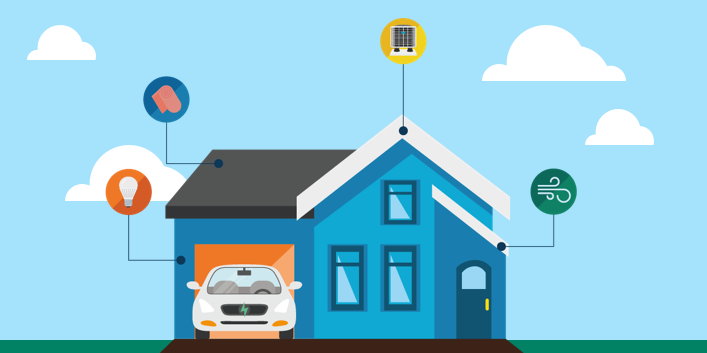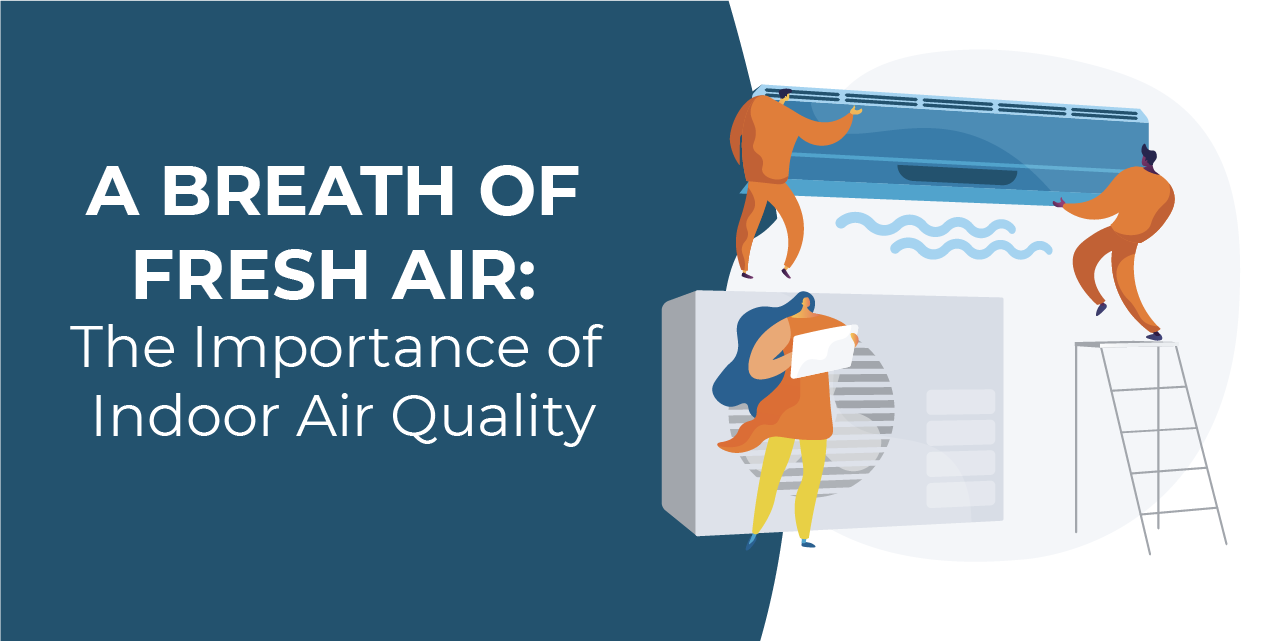A home energy audit can assess how much energy your household consumes, helping you evaluate the best actions to take for a more energy-efficient home.
You can easily conduct an energy audit yourself. During a simple walk-through of your home, keep a checklist of areas you have inspected and problems found, including:
- Lighting: The lights in your home can account for about 10% of your electric bill. Look at the wattage on your lights and see if a lower wattage bulb can replace a higher wattage. Compact Fluorescent Lights (CFL), which are dramatically more efficient, should also be considered for high-use areas.
- Attic: Improper insulation levels in your attic could result in higher electricity bills. Check to see if the attic hatch has as much insulation as the rest of the attic, is weather stripped, and closes tightly. In the attic, look at pipes, ductwork, and chimneys and make sure their openings to the outside are properly sealed. Seal any gaps with an expanding foam caulk or some other permanent sealant. Remove any insulation blocking attic vents.
- Heating/Cooling Equipment: To keep your system running most efficiently, replace your A/C filters every month or two and have your equipment checked and cleaned by a professional once a year. If your system is older than 15 years or in poor condition, consider replacing it with a new energy-efficient unit. If your duct work has dirt streaks near seams, you may have air leaks. Seal the seams with a duct tape and insulate any ducts in unheated spaces.
- Air Leaks – According to the Environmental Protection Agency, the potential energy savings from reducing drafts in a home may range from 5% to 30% per year. Check for indoor air leaks, such as around doors and windows, gaps along the baseboard or edge of the flooring and at junctures of the walls and ceiling. An easy way to detect a draft is by lighting an incense stick or match. If the smoke blows when placed near a gap, air is coming in and out of your home. For areas where a draft is found, use caulk or weather-stripping to seal any gaps.







